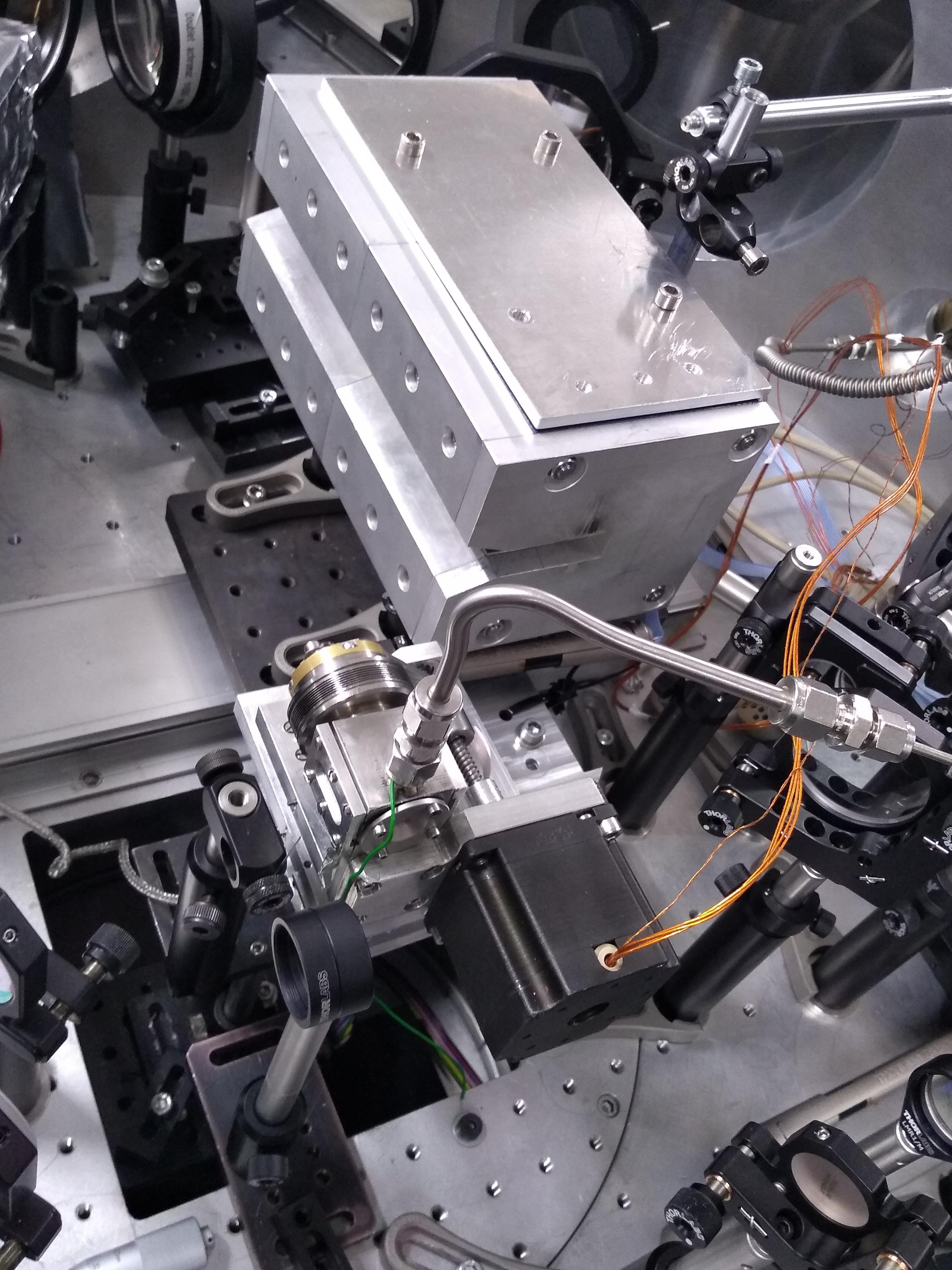
The CLF is a participant in the EuPRAXIA Collaboration (European Plasma Research Accelerator with eXcellence In Applications), the project goal is to perform proof-of-principle research for building an industrial beam quality, plasma-based accelerator. This collaboration was formed to help bridge the gap between the proof-of-principle experiments done in a lab and the creation of ground-breaking, ultra-compact accelerators.
High energy electron bunches can be produced during the interaction between a laser and plasma. A major benefit of this technique is the approximately 1000 times stronger accelerating fields in the plasma than in classical accelerator cavities used at particle accelerator facilities such as CERN. There have been many successful results in the area of laser wakefield acceleration including high charge and high electron beam energies, but producing beams of similar quality to those in accelerator facilities requires further understanding of the laser-plasma interaction and control over this process.
Researchers from all over Europe with the support of ARIES Transnational Access programme and the CLF recently performed a laser wakefield experiment at the Lund Laser Centre (LLC), Sweden. They investigated three main mechanisms: the length of the transition between plasma and vacuum, the focal position of the laser in the plasma, and the distribution of the laser energy through the laser focus. The results of varying these experimental parameters on the electron bunches show that bunch energy, charge in the bunch and bunch deflection from the laser axis can be controlled.
To understand the physical origins of these effects they simulated the interaction using realistic laser and plasma parameters and achieve good agreement between the experimental and simulated results. Using a realistic laser description in the simulations allowed the researchers to understand the physical mechanisms which are responsible for the changes in the electron spectra when altering the explored experimental parameters.
Learn more about this by reading the publication.
